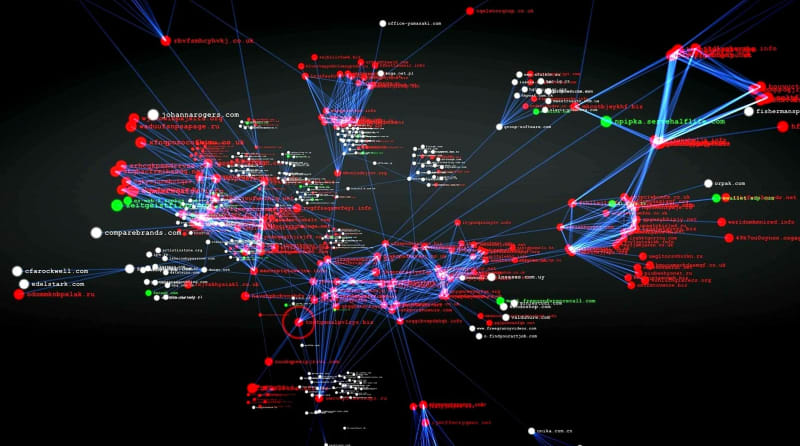Introduction
In today’s digital age, social media algorithms have become the backbone of all social networks, shaping the content users see on their feeds. These algorithms are designed to analyze the vast volume of content posted every day and present each user with the content they are most likely to engage with. However, algorithms are not infallible and can introduce biases that impact user experience.
Understanding Algorithmic Bias
Algorithmic bias refers to the potential discrimination or unfairness that can arise in algorithms due to various factors such as biased data, biased design, or biased implementation. Although algorithms are inherently neutral mathematical constructs, they operate based on the data they are fed and the instructions they receive, making them susceptible to biases present in the data and the decisions made during their development and deployment.
Manifestations of Algorithmic Bias
Algorithmic bias can manifest itself in various ways, with biased training data being a common form. If the data used to train an algorithm is biased or reflects societal inequalities and prejudices, the algorithm can learn and perpetuate these biases. For instance, if a social media platform’s algorithm is trained on data that predominantly represents a particular demographic group, it may result in biased content recommendations that cater to that specific group, while neglecting or marginalizing others.
Biased design and implementation can also contribute to algorithmic bias. The decisions made during the design and development of an algorithm can inadvertently introduce biases. Lack of diversity within the design team may hinder considering the potential impact of algorithms on different user groups. Biases can also emerge during the implementation phase, where coding decisions or configurations can result in discriminatory outcomes.
Impact on User Experience
Algorithmic bias can significantly impact user experience. Increasingly, users rely on algorithms to provide them with personalized content and recommendations. However, if these algorithms are biased, they can lead to a distorted view of reality, reinforcing existing biases, and limiting exposure to diverse perspectives. This can create echo chambers and filter bubbles, wherein users are only exposed to information that aligns with their existing beliefs and interests, further polarizing society.
Furthermore, algorithmic bias can perpetuate societal inequalities and discrimination. For example, biased hiring algorithms can lead to discriminatory hiring practices, reinforcing disparities in the workforce. Similarly, biased loan approval algorithms can result in unfair lending practices, affecting marginalized communities disproportionately.
Responsibility of Users and Platforms
Both users and platforms bear responsibility for the dissemination of biased algorithms. Users inadvertently contribute to the creation of biased algorithms by interacting with content that aligns with their existing beliefs and interests. When users engage with content that confirms their biases, algorithms learn and optimize for these preferences, perpetuating the biases. This presents a challenge for platforms as they seek to strike a balance between personalized content and promoting diverse viewpoints.
Platforms, on the other hand, design and implement the algorithms that determine which content is displayed to users. Optimization for user engagement, driven by revenue considerations, can lead to the prioritization of sensational or polarizing content, further contributing to the dissemination of biased information. While some platforms have made efforts to address algorithmic bias, there is still a need for increased transparency and accountability in algorithm design and deployment.
Minimizing the Impact of Biased Algorithms
To minimize the impact of biased algorithms, both users and platforms must take responsibility. Users can actively seek out diverse viewpoints, critically evaluate the information they encounter, and be mindful of their online behaviors. By engaging with content that challenges their perspectives, users can help algorithms produce more balanced and unbiased recommendations.
Platforms should prioritize transparency in their algorithmic processes. They can provide options for users to customize their algorithmic preferences, allowing them to have greater control over the content they see. Moreover, platforms must ensure diverse representation within their development teams to foster a better understanding of the potential biases that may arise during algorithmic design and implementation.
Conclusion
Algorithms themselves do not lie, but algorithmic bias can have a significant impact on user experience, perpetuating biases and limiting exposure to diverse perspectives. The root causes of algorithmic bias are multifaceted, stemming from biased data, design decisions, and implementation choices. Both users and platforms play a role in algorithmic bias, with users inadvertently shaping algorithms through their preferences and behaviors, and platforms holding the responsibility to develop and deploy unbiased algorithms that provide a fair and balanced user experience.
By understanding the nuances and challenges associated with algorithms and algorithmic bias, we can strive for a more inclusive digital landscape where diverse perspectives are valued, and user experiences are not limited by biased algorithms. Through collaborative efforts between users, platforms, and regulatory bodies, we can ensure that algorithms remain powerful tools that serve the collective good and foster a more informed and connected global community. By addressing algorithmic bias head-on, we can pave the way for a future where algorithms truly empower users and promote a more equitable and just society.





Top comments (0)